The follicle are vesicle-shaped cavity systems, such as those found in the thyroid gland or in the ovary. The follicles have different functions depending on their location and the organ system. Diseases such as polycystic ovarian syndrome or Hashimoto's thyroiditis are follicular diseases.
What are follicles?
There are various cavity structures in the human body. One of these cavity structures are the follicles. These are vesicular cell conglomerates.
Accordingly, follicles are clusters of cells that can be observed in various structures in the human body. The ovarian follicles are, for example, clusters of cells in the ovary. The hair follicles on the outer hair sheaths, the tooth follicles and the lymph follicles of the lymph nodes are also such cell clusters. Other cell conglomerate cavity systems are the thyroid follicles and the tongue glands. The anatomy and structure of the follicles differs with the location. The hair follicles contain, as cell clusters, different types of cells than the lymph follicles or the ovarian follicles.
The number of cells in the conglomerate also varies depending on the type of follicle. The thyroid follicles of the thyroid parenchyma are filled with colloids. The ovarian follicles of the ovary are divided into primordial follicles, primary, secondary and tertiary follicles, depending on their degree of maturation, and the dental follicles correspond to the tooth sacs in early tooth development. The tongue follicles in their entirety are also referred to as the lingual tonsil. The only thing common to all human follicles is their bladder shape.
Anatomy & structure
The thyroid follicles are epithelially limited, closed cavity structures of the thyroid parenchyma. Depending on their activity, the epithelial cells appear flattened or cubic.
Its apical pole is microvilli occupied and protrudes into the lumen. The base of the follicle is strengthened by a surrounding basement membrane. Colloid is stored in the inner lumen of the conglomerates. Ovarian follicles consist of the egg cell and the surrounding granulosa cells. In addition, the connective tissue layers theca interna and theca externa are included. Hair follicles surround the hair follicle. They consist of an outer epithelial hair root sheath that appears as a funnel-like indentation of the stratum basale and envelops the hair root. The inner epithelial hair root sheath is the second layer of the hair follicle.
It runs around the hair follicle and is made up of the cuticle, the Huxley layer and the Henle layer. In the hair follicles, glands secrete their sebum and fragrances. The hair follicle muscles also start in the hair follicle. They are controlled by fine nerve fiber ends in the hair follicles. Lymph follicles are light microscopic and spherical B-lymphocyte aggregations. They show up in a homogeneous distribution of small lymphocytes. They contain reticular cells, follicular dendritic cells and T-helper cells. The tongue follicles in turn appear as mucous membrane bumps on the base of the tongue and the tooth follicles consist of the connective tissue that surrounds the tooth system.
Function & tasks
The individual follicles in the body have different roles. The thyroid follicles are used, for example, for the synthesis and storage of lipophilic thyroid hormones in closed compartments. The ovarian follicles, on the other hand, play a role in the maturation of the egg cell.
It takes place in the ovary and is controlled by the follicle-stimulating hormone. Follicle maturation occurs in four stages. Primary follicles become secondary follicles and finally tertiary follicles, which become the so-called Graaf follicles. After this development is complete, ovulation takes place. The hair follicles, on the other hand, have the task of anchoring the hair in the scalp. The nerve endings in the hair follicles simultaneously serve the sense of touch and the movement of the sympathetic hair follicle muscles.
Lymph follicles, on the other hand, have an immunological function. In them the multiplication and differentiation of B lymphocytes takes place. The B-lymphocytes become plasma cells in the follicles. After contact with the antigen, the B-lymphocytes in the lymph follicles initially multiply mitotically and then differentiate. This is how the characteristic distribution of different stages of development occurs. The lymph follicles are considered activated at this point. All cells in the germinal center are activated lymphocytes, which become plasma cells via centrocytes.
Diseases
All follicles in the human body can be affected by diseases. In polycystic ovarian syndrome, for example, the egg cells stay in the follicle of the ovary. Therefore, the follicle enlarges like a cyst and the fertility of the affected woman is impaired.
Acne and increased blood lipid levels can appear as symptoms due to the hormonal dysregulation. Menstrual cycle disorders are also a common symptom of this disease. With regard to the hair follicles, inflammation of the hair roots is one of the most noteworthy diseases. This so-called folliculitis is usually caused by the pathogen Staphylococcus aureus. This bacterium is part of the healthy skin flora. However, it does produce toxic exotoxins. When these toxins enter the follicles, they cause inflammation there. Other bacteria and even fungi can cause folliculitis as well.
Hair root inflammation occurs especially in the follicle funnel.Blisters and nodules with yellowish-green pus form. The affected areas are itchy and tender. A foruncle can later develop from the inflammation. Brill-Symmer's disease, on the other hand, is a disease of the lymph follicles. It manifests itself in a hyperplasia. Swelling of the glands and stenoses can result. In some cases, the hyperplastic follicles also migrate into organs in which they are not actually to be found.
In connection with the follicles of the thyroid gland, the autoimmune disease Hashimoto's thyroiditis should be mentioned as a disease, which destroys the follicles piece by piece through immunological attacks. Hormonal disorders can arise as a result.

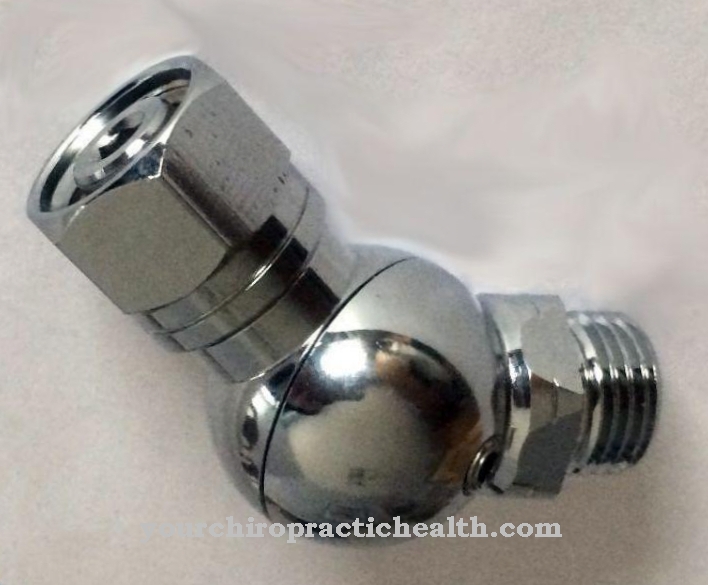
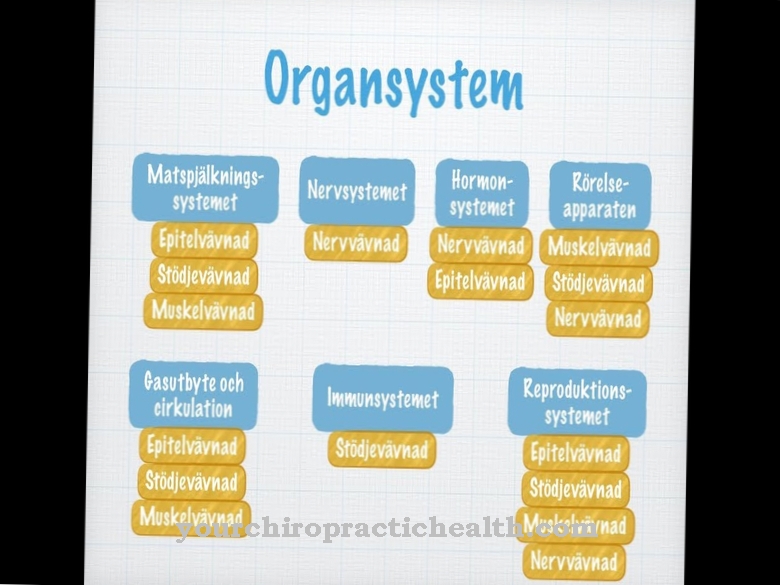

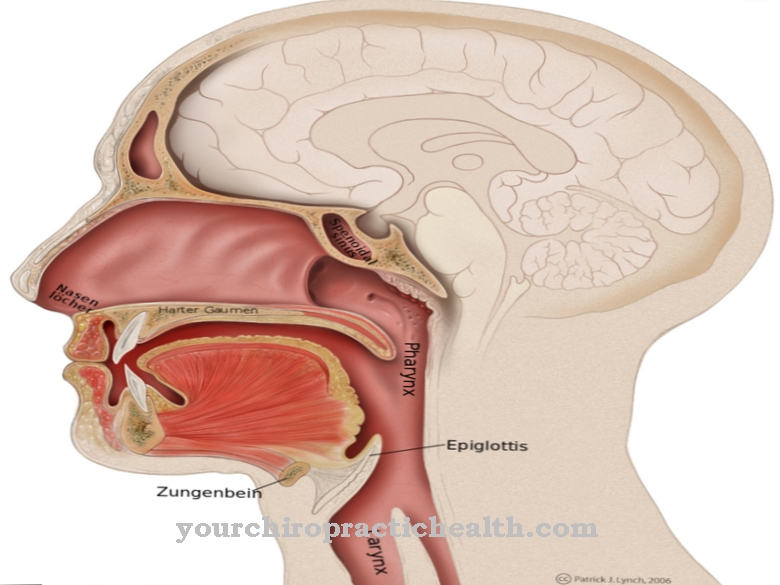
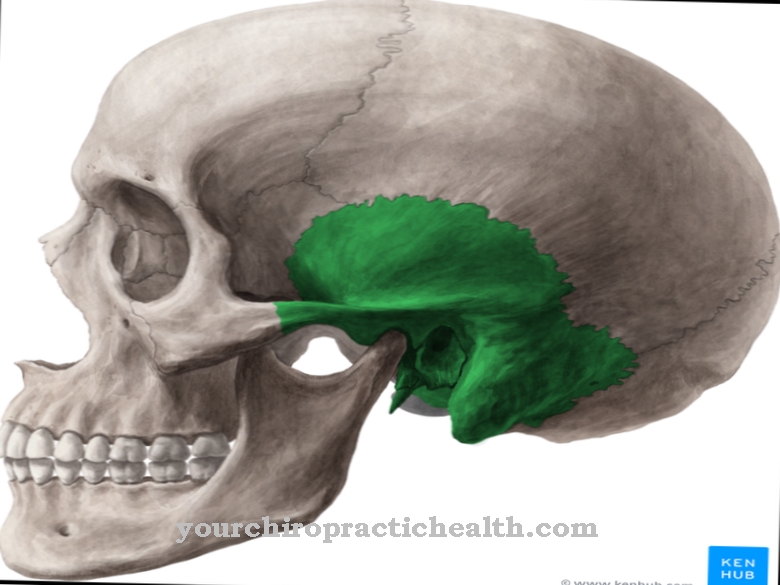
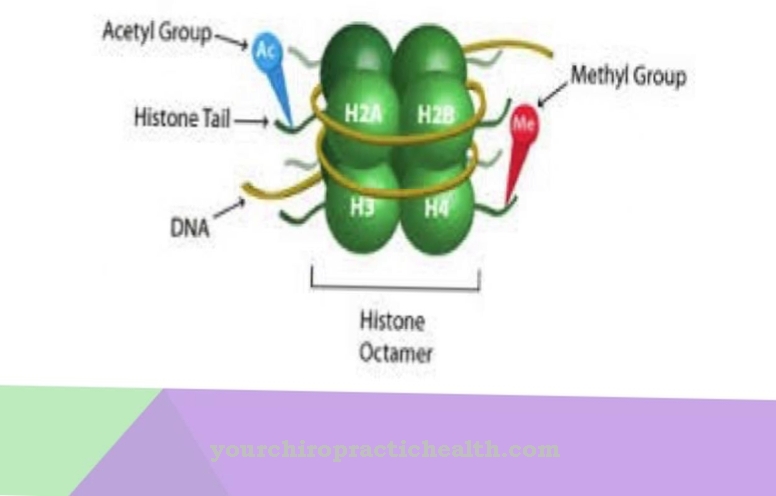


















.jpg)

.jpg)
